By Kelly Hangauer
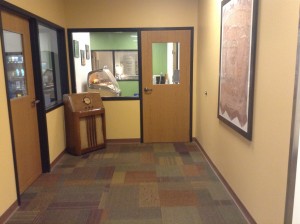 My time at the Marr Sound Archives has been an amazing learning experience. The people who work at the archives are all awesome people and Kelley Martin especially has been a kind, supportive, and all around great supervisor. Splitting my time up between archiving and public history was a good decision because it allowed me to get a sense of both sides of the profession. It was nice to be able to create an online feature of the John B. Gage collection I processed. If any future UMKC historians read this post, they should seriously consider interning at the Marr Sound Archives, especially if they have a research interest that can be incorporated into the Marr collection. As I have expressed in my previous posts, there is so much to be explored at the archives. The amount of 498 Capstone papers that could come out of the material housed at the Marr Archives would fill volumes.
My time at the Marr Sound Archives has been an amazing learning experience. The people who work at the archives are all awesome people and Kelley Martin especially has been a kind, supportive, and all around great supervisor. Splitting my time up between archiving and public history was a good decision because it allowed me to get a sense of both sides of the profession. It was nice to be able to create an online feature of the John B. Gage collection I processed. If any future UMKC historians read this post, they should seriously consider interning at the Marr Sound Archives, especially if they have a research interest that can be incorporated into the Marr collection. As I have expressed in my previous posts, there is so much to be explored at the archives. The amount of 498 Capstone papers that could come out of the material housed at the Marr Archives would fill volumes.
Well, I hope my digital friends and real friends and stranger friends get something out of the John B. Gage Audio Collection Omeka site, and if not, that is okay too.
Bis bald!

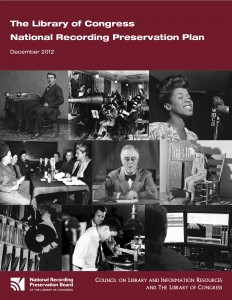
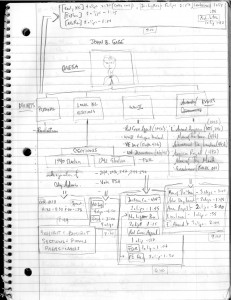
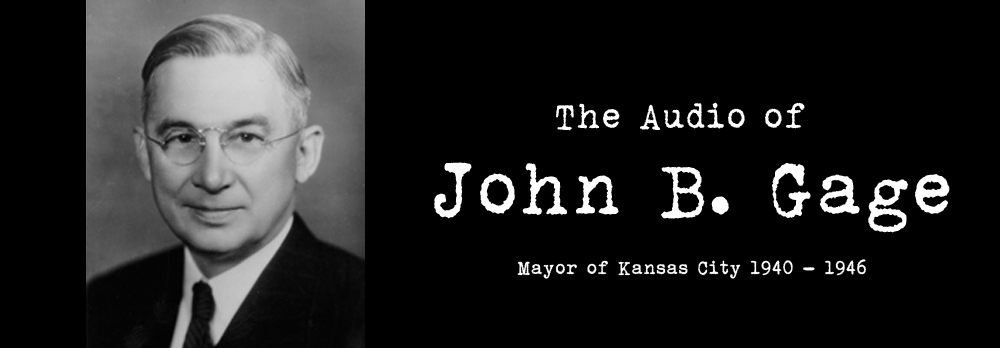

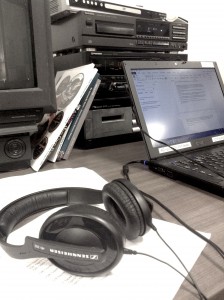
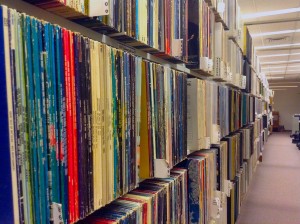
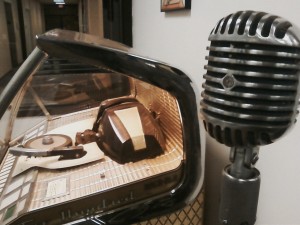 My name is Kelly Hangauer. I am a senior at UMKC and I will be graduating with a History B.A. and German Studies minor in May 2015. This semester I am embarking on an archiving internship that will focus on the John B. Gage collection. So you know, John Gage was the mayor of Kansas City from 1940-1946 and was a part of the reform movement that “cleaned up” local government after years of economic and political misrule under Tom Pendergast. Housed in the Marr Sound Archives, Gage’s collection of records, cassettes, and reel-to-reel tape will hopefully offer greater insight into this important time in Kansas City history.
My name is Kelly Hangauer. I am a senior at UMKC and I will be graduating with a History B.A. and German Studies minor in May 2015. This semester I am embarking on an archiving internship that will focus on the John B. Gage collection. So you know, John Gage was the mayor of Kansas City from 1940-1946 and was a part of the reform movement that “cleaned up” local government after years of economic and political misrule under Tom Pendergast. Housed in the Marr Sound Archives, Gage’s collection of records, cassettes, and reel-to-reel tape will hopefully offer greater insight into this important time in Kansas City history. The second I walked into the Marr Sound Archives, I knew I had made the right decision. Inconspicuously placed in the bottom floor of the Miller Nichols Library, the Marr Archives is a gold mine; its contents include hundreds of thousands of recordings of popular and obscure music, government programs, radio broadcasts, oral histories…the list goes on.
The second I walked into the Marr Sound Archives, I knew I had made the right decision. Inconspicuously placed in the bottom floor of the Miller Nichols Library, the Marr Archives is a gold mine; its contents include hundreds of thousands of recordings of popular and obscure music, government programs, radio broadcasts, oral histories…the list goes on.